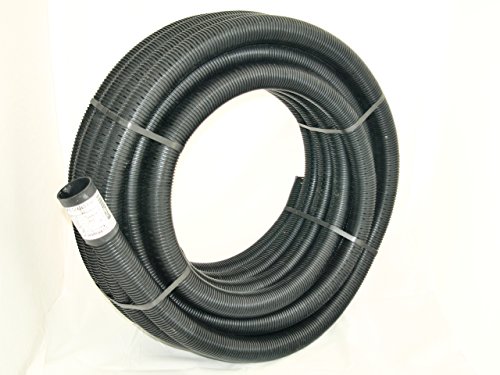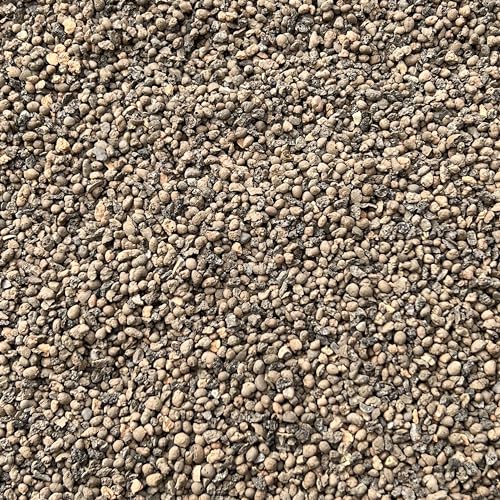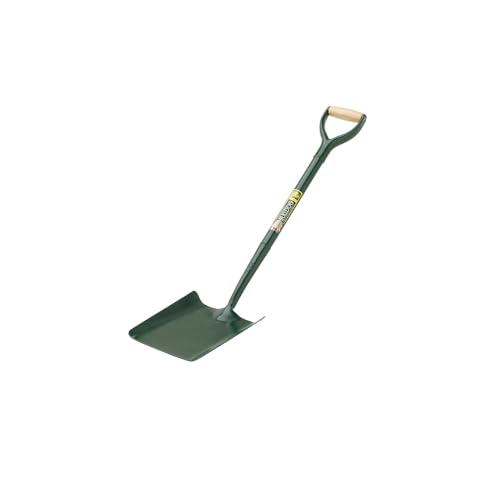How to improve drainage in a garden — 4 DIY options drainage experts say will solve waterlogging
These are the best garden drainage systems you can install yourself
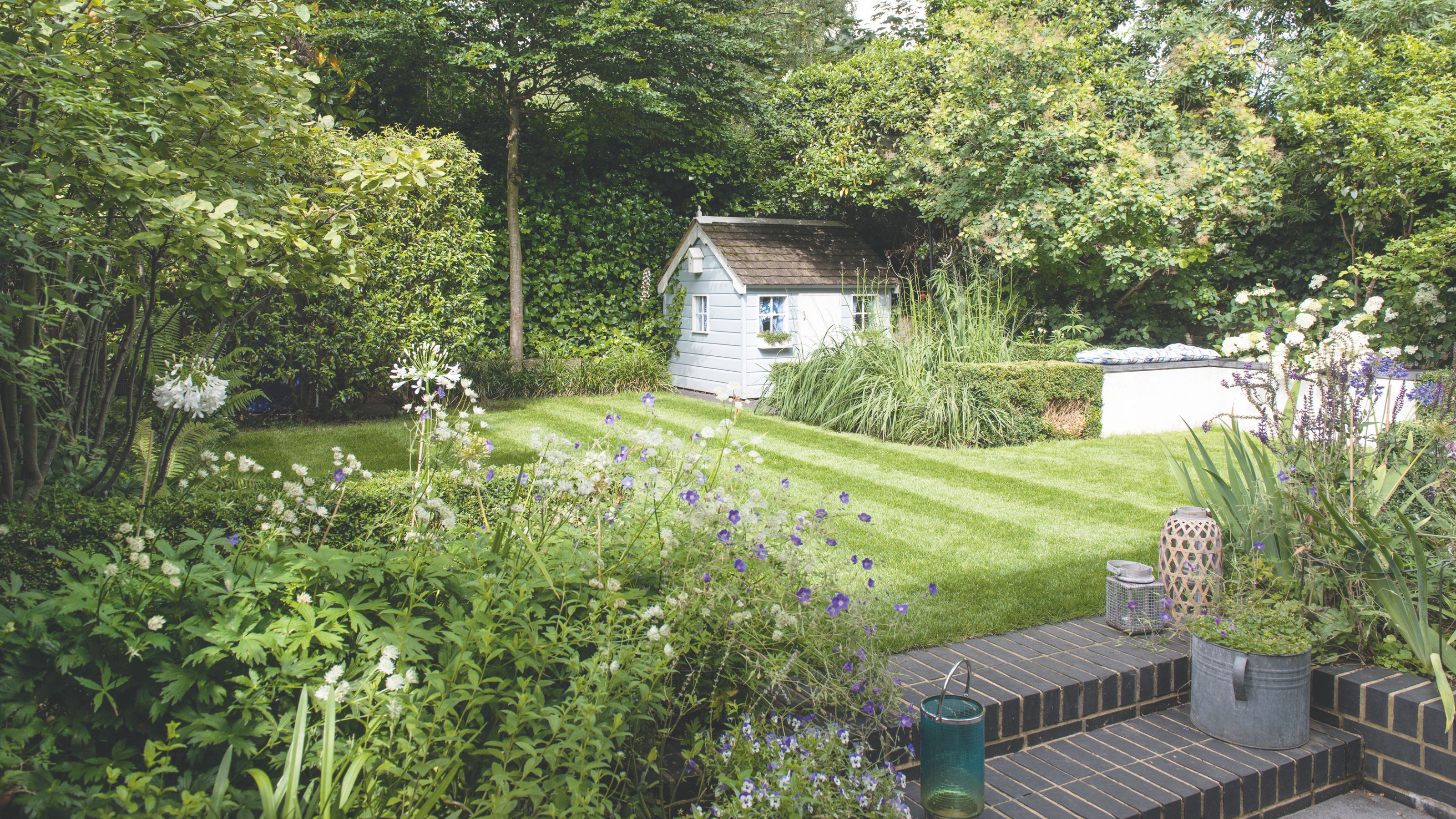

If your garden is suffering with drainage issues, there are a number of solutions you can try. And once you know how to improve drainage in a garden, your outdoor space will look (and feel) a whole lot healthier.
You might have tried to improve lawn drainage by keeping on top of tasks like clearing debris, aeration, and scarifying. But if your garden still needs saving after heavy rainfall, and it just seems to collect excess water on its surface, there are some long-term solutions that can help.
We've spoken to the experts and they've shared four garden drainage systems that you can install yourself to combat your water problems, including which drainage system is the best choice for your outdoor space.
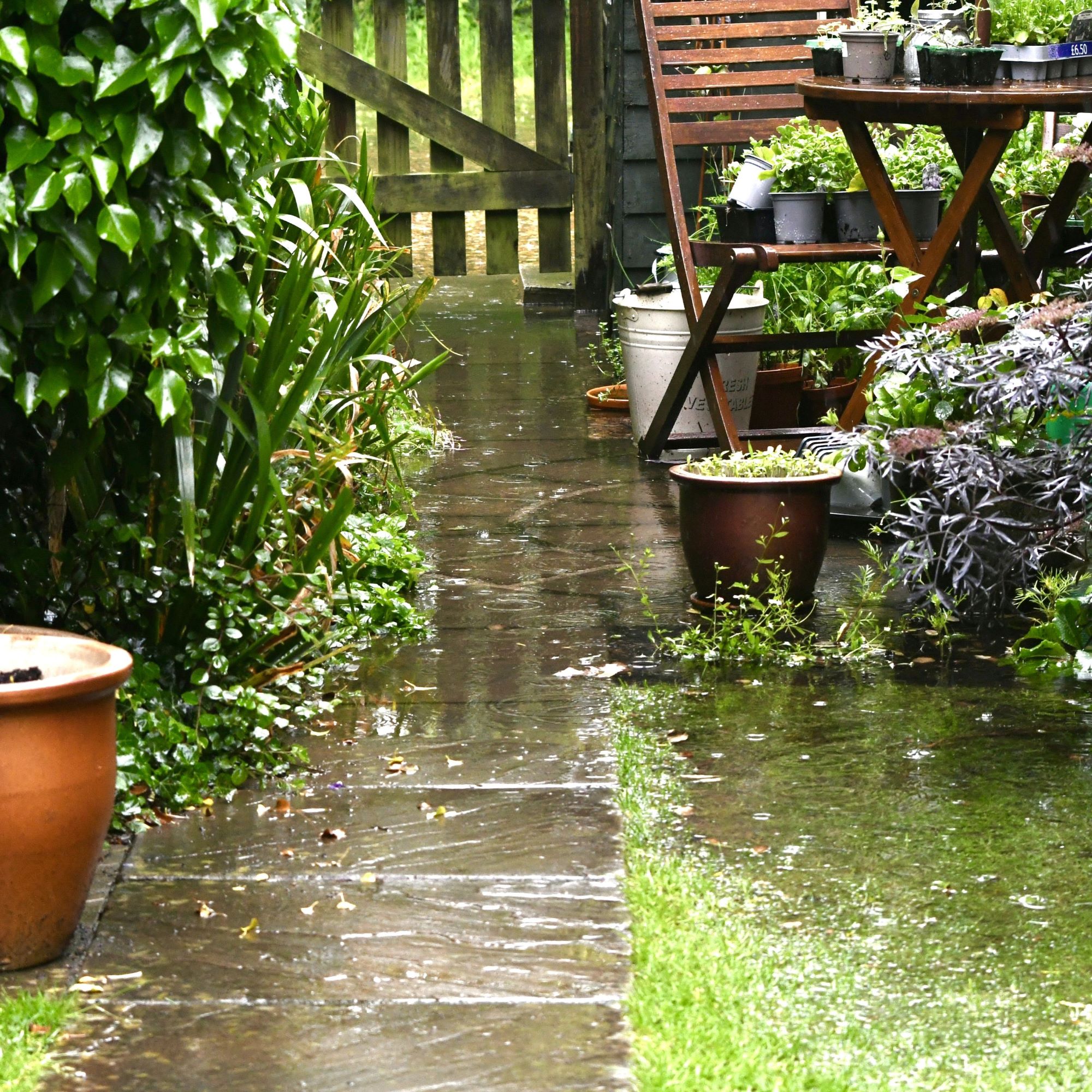
How to improve drainage in a garden
Similar to ways to flood-proof your garden, the best way to improve your garden's drainage in the long-term is to install a proper drainage system. All types garden drainage systems can reduce flood risks and help fix a waterlogged lawn, but their installation processes involve varying levels of labour.
'The most common type of drainage system used in a garden is a french drain,' Gary says. 'A french drain is a small trench filled with gravel, with a pipe running through the centre to redirect excess water. Other types of drainage that are also popular include soakaways (read our guide if you're not sure what a soakaway is), channel drains and frequent aerating.'
Out of those options, Gary says a french drain is more commonly used to improve drainage in a garden, as they are easier to install.
1. Install a french drain
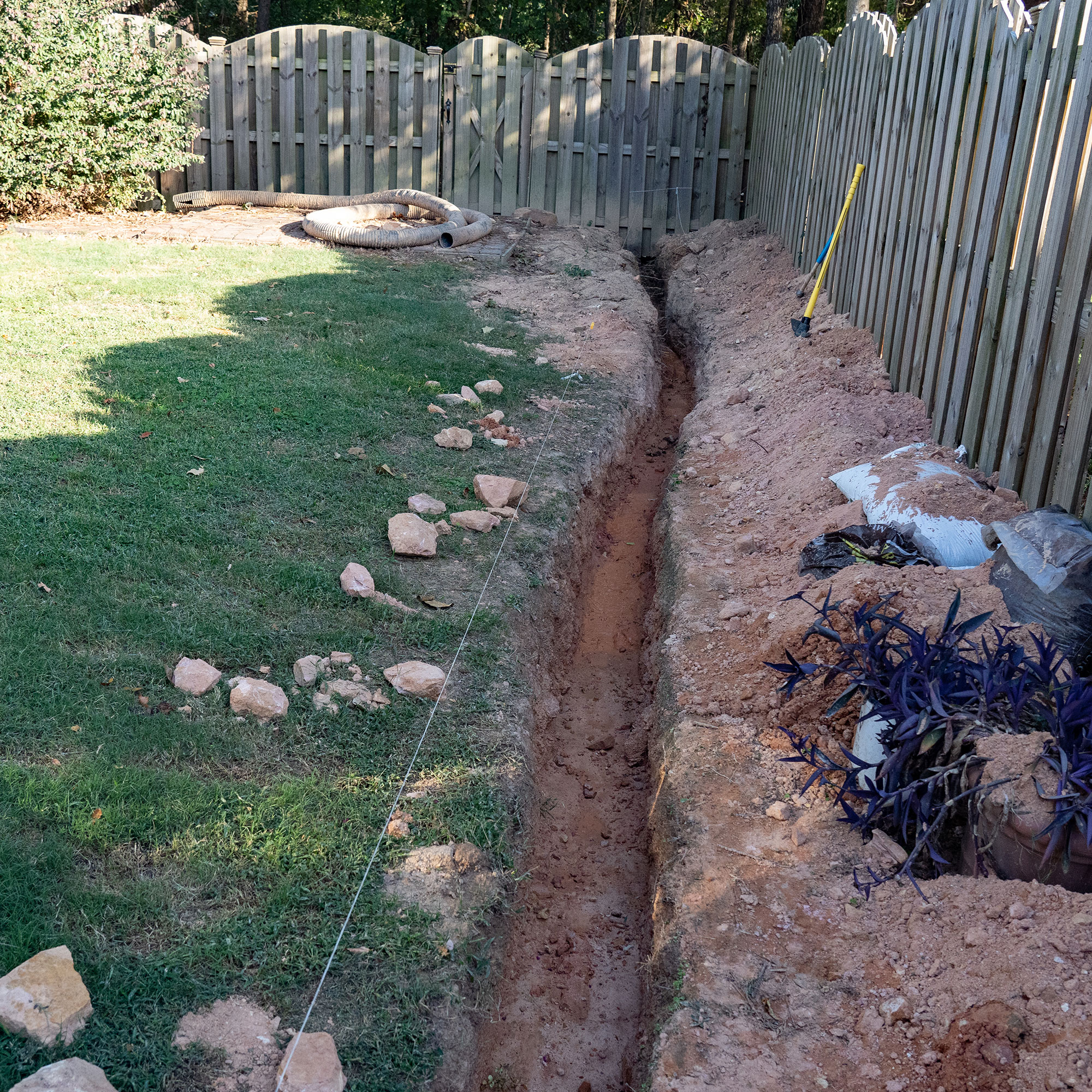
A french drain is a gravel-filled ditch with a perforated underground pipe that drains away water. You can install one of these fairly easily to improve drainage in your garden.
Sign up to our newsletter for style inspiration, real homes, project and garden advice and shopping know-how
'To create a French drain, dig a trench in the ground and then fill this with gravel, with a pipe running through it that's covered with a permeable membrane or upturned turf to prevent soil from entering the gravel', says Jess Thomas, director of Drainage Central. 'You can then cover the gravel over with topsoil.'
Jess warns that while french drains can help, they may not be the best solution for gardens suffering with long-term drainage issues., because sediment can build up in the ditch over time. A good-quality membrane around the trench can help prevent this.
2. Piped drainage
For severe drainage problems, piped drainage may be the best solution. Piped drainage is the installation of perforated plastic pipes on top of a bed of gravel within a trench, which is then covered with more gravel.
Jess advises to consult a professional if you are installing piped drainage on a large scale. Small scale systems however can be installed DIY.
'After identifying a suitable outlet for the water, lay perforated pipes below the level of cultivation, which is usually around 40cm to 60cm deep and 3m to 6m apart,' Jess says.
'The trenches for piped drainage should follow a natural slope or a constructed one with a fall of at least 1:40 towards the outlet you have previously identified for drainage water.'
3. Dig a simple ditch
Alternatively, you can create a simple ditch to help improve garden drainage. 'A simple ditch is usually just a channel with sloping sides dug into the ground to take away excess surface water and divert it to another area,' Jess explains.
'Despite this being effective, it is not as aesthetically pleasing as other types of drainage system and it can remove a chunk of usable space from your garden.'
A simple ditch is best treated as a last resort, or as an emergency solution when needed. To create one, dig a trench up to a metre deep that starts at the affected area and leads to an area where you would like the water to drain to. 'The sides of the ditch that you dig should be sloped, and the end of the ditch should be dug out lower than the rest of the drain,' Jess advises.
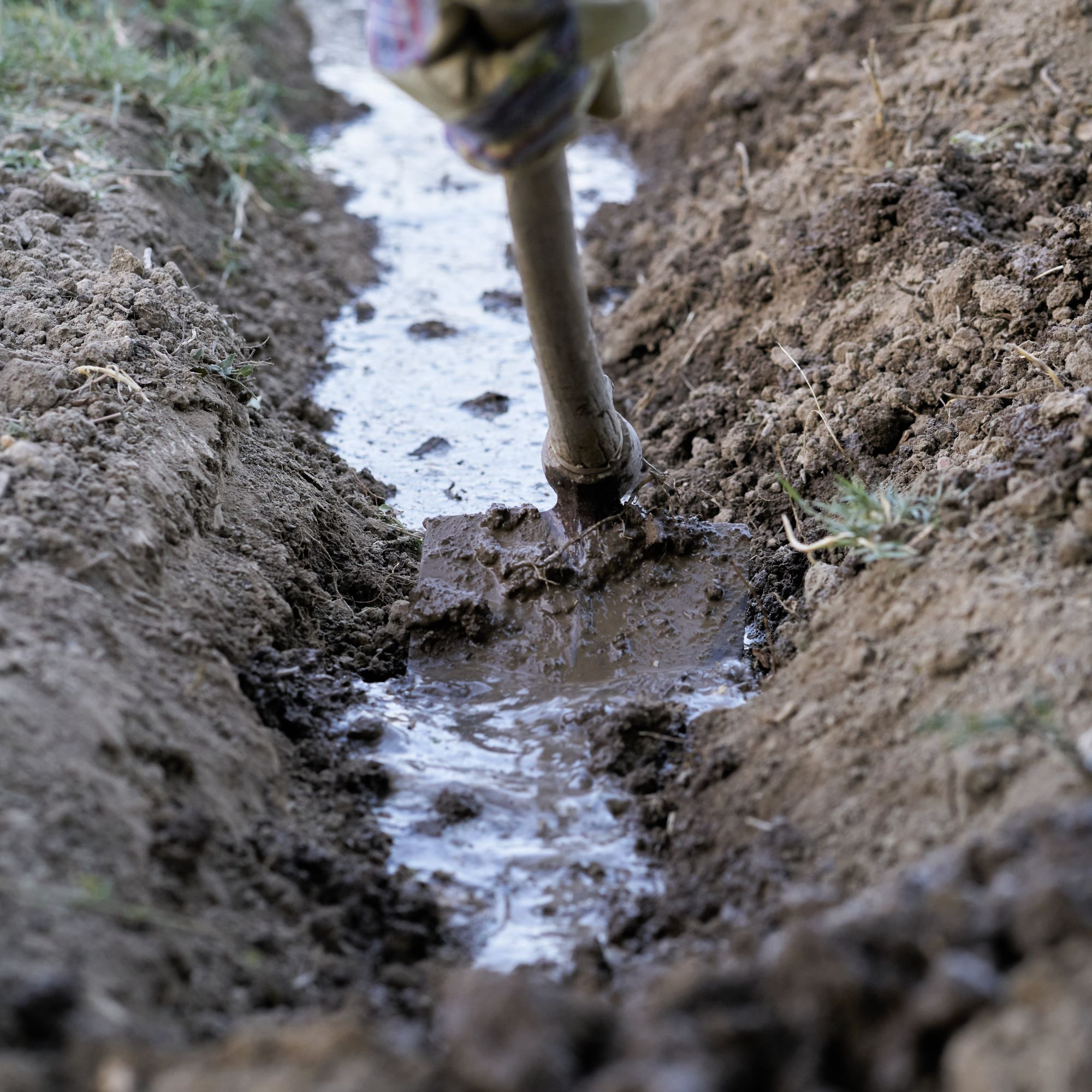
4. Create a dry well
The final expert-approved method to try for how to improve drainage in a garden is to create a dry well, which is essentially a hole in the ground filled with gravel.
'Dry wells are particularly popular due to their simple and easy installation, as well as their ability to naturally filter water and prevent the erosion of soil,' drainage expert Gary says.
The gravel serves as a barrier between the water and the soil, slowing the water's passage so there's more time for it to be absorbed into the ground. To create a dry well, you simply need to dig a hole where excess water is collecting, and fill this with gravel. You can refill this with top soil, though you may recognise a change in your lawn's appearance.
French drains, piped drainage, dry wells and a simple ditch are the three most common garden drainage systems that you can look at installing yourself. But it's always good to make sure you're regularly maintaining your lawn so that it can drain effectively. Removing debris, and frequent aeration will help.
FAQs
Can I dig a hole and fill it with gravel for drainage?
You can dig a hole and fill it with gravel for drainage. This is a common garden drainage solution known as a dry well.
'Dry wells typically consist of a hole in the ground that is lined with gravel or small rocks to slow down the infiltration of water into the ground,' drainage expert Gary explains.
The idea is that the water takes longer to filter through the gravel and therefore has more time to absorb into the ground, preventing the accumulation of water on the surface of the lawn.
How do you improve waterlogged garden drainage?
Learning how to aerate your lawn will help with waterlogging issues. Aeration is a process in which small holes are manually created in the soil to improve the infiltration of water. Fortunately, it's a simple task.
'Start by using a garden fork or aerating tool and push it into the lawn to create holes that are around 10cm to 15cm deep,' Gary recommends. 'Continue to create holes evenly across the entirety of your lawn. When done, sweep away any excess plugs of soil from the surface of the lawn using a rake.'
Aside from aerating, installing a garden drainage system will help combat waterlogged drains. The four most simple methods are french drains, dry wells, simple ditches, and piped drainage. You can also try to install a soakaway, if the problem is more persistent.

Katie has been writing freelance since early 2022, specialising in all things homes and gardens, following achieving a Masters in Media and Journalism. She started out writing e-commerce content for several of Future’s interior titles, including Real Homes, Gardeningetc, Livingetc, and Homes and Gardens. Since then she’s been a regular contributor on Ideal Home’s digital team, covering news topics, how-to guides, and product reviews.

